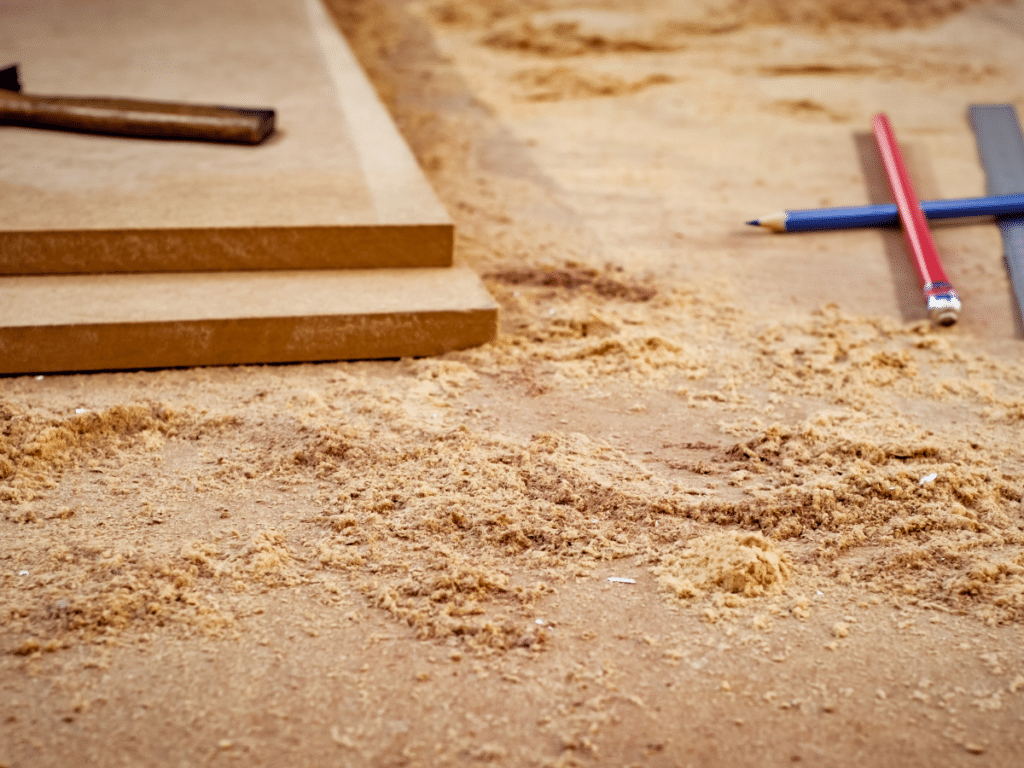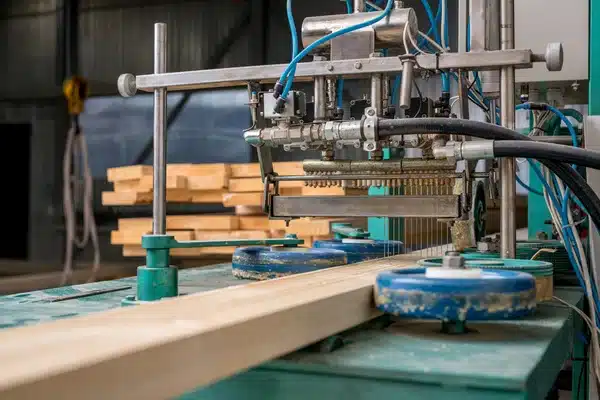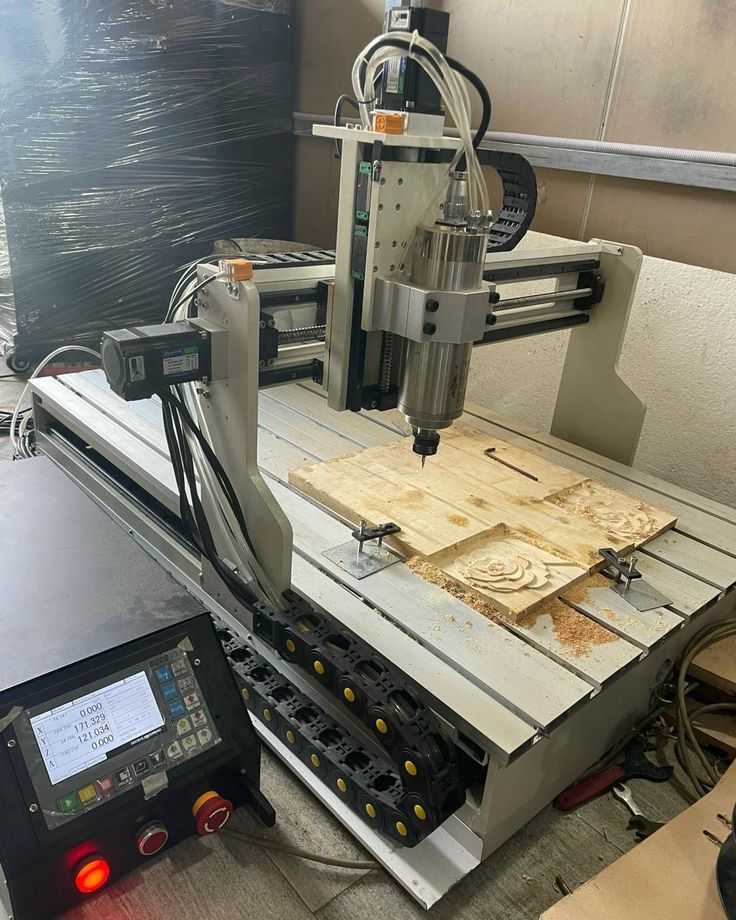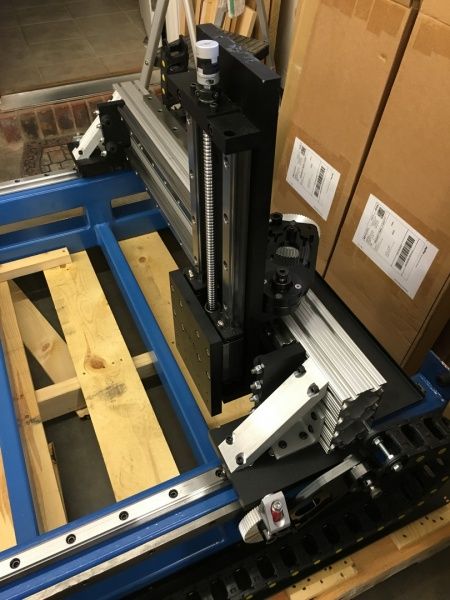
Cabinetmakers today face tighter margins, rising material costs, and growing pressure to deliver faster. Traditional production methods still have their place, but they often struggle to keep up with modern demand—especially when consistency and efficiency are critical.
That’s why more shops are investing in CNC nesting machines. Blue Elephant Company, the leading furniture CNC machine manufacturer, works closely with cabinet makers to help them automate smarter and boost productivity. These systems streamline the cutting process, reduce material waste, and support scalable workflows—all without sacrificing craftsmanship.
This article explores how CNC nesting machines work and why they’ve become essential in modern cabinetmaking.
What Is a CNC Nesting Machine?

Using computer-guided precision, a CNC nesting machine cuts multiple cabinet components—like sides, backs, shelves, and doors—from a single sheet of material. What sets it apart is its ability to “nest” parts, arranging them in the most space-efficient way before cutting begins.
Unlike standard CNC routers, nesting machines combine layout optimization with cutting. This means one system handles both the digital layout and the execution, saving time and reducing waste.
The process starts with a digital cabinet design. The software determines the best way to fit the parts onto a board, minimizing offcuts and maximizing material usage. The machine then cuts the layout in one smooth operation.
This combination of thoughtful planning and precise cutting significantly improves accuracy, speed, and overall shop efficiency for cabinet makers working with plywood, MDF, or other sheet materials.
How Nesting Boosts Efficiency on the Shop Floor
CNC nesting machines don’t just speed up cutting—they help streamline the entire cabinet production process from start to finish.
Faster turnaround: Nesting eliminates manual marking and measuring, and busting eliminates manual marking and measuring. Load a sheet, press start, and the machine cuts an entire cabinet’s worth of parts in one go.
Less material waste: Nesting software calculates the most efficient layout using the entire surface area of each sheet. This means fewer offcuts and more usable yield, directly lowering material costs.
Simplified handling: Instead of feeding individual parts through various machines, you load one full sheet and retrieve a complete set of cut components. Fewer handling steps reduce labor and help avoid errors.
Streamlined workflow: Nesting integrates well with CAD/CAM systems, creating a direct line from design to production. That makes it easier to train staff, standardize output, and scale up operations without adding complexity.
Together, these benefits allow cabinetmakers to produce more with fewer resources—ideal for shops looking to grow, stay competitive, or meet tighter deadlines with the same team.
Nesting Machines and Cabinetmaking: A Perfect Match


Cabinetmaking and CNC nesting are natural fits. Most cabinets are made from flat panel materials, and nesting machines are designed to work efficiently with those materials.
Whether cutting cabinet sides, drawer bottoms, or shelf panels, nesting allows you to process all components in one operation. It’s beneficial for modular systems or custom jobs where dimensions change frequently.
Need to produce several different cabinet units in the same run? Nesting machines can combine parts from multiple designs onto a single sheet—something that would be time-consuming by hand.
This also reduces errors in layout and measurement, which is key in custom cabinetry. When precision counts, automated nesting ensures every part lines up the first time.
From large-batch jobs to small-batch, made-to-order work, nesting machines allow cabinetmakers to adapt quickly without sacrificing speed or quality.
What to Look for in a CNC Nesting Machine
Choosing the right nesting machine depends on your shop’s size, workload, and materials. Here are a few key features to look for:
- Cutting area: Match the machine’s capacity to your standard sheet size and available floor space.
- Software compatibility: It should integrate smoothly with your existing CAD/CAM tools or design software.
- Vacuum hold-down: A strong vacuum table is essential to keep materials stable during cutting—especially when working with smaller parts.
- Tool changing: Look for automatic tool changers if your process includes multiple bit types (e.g., for drilling or grooving).
Working with an experienced supplier can make the selection process easier. Blue Elephant CNC offers hands-on support to help cabinetmakers customize machine setups for their specific production needs—whether you’re optimizing for flexibility or looking to increase volume without adding complexity.
Cost vs. Return: Is Nesting Worth the Investment?
CNC nesting machines are a significant investment but are also a long-term solution to inefficiency.
One of the most significant advantages is material savings. By maximizing each sheet’s layout, you reduce waste and spend less on raw materials. Fewer mistakes and rework also reduce your cost per part noticeably.
Labor efficiency is another major factor. With fewer manual steps, your team can handle more projects—or shift their focus to finishing and assembly.
Faster production means shorter lead times, which can help you win more jobs or take on new customers without expanding your team. And because nesting integrates well with the rest of your digital workflow, you gain better control and visibility over every order.
Shops working with Blue Elephant CNC often report seeing measurable ROI within months, especially when pairing nesting machines with other innovative automation tools.
Is a CNC Nesting Machine Right for Your Cabinet Shop?


Are you thinking about adding nesting to your shop? Ask yourself:
- Do you work mainly with sheet materials like plywood or MDF?
- Are you producing similar cabinet parts repeatedly?
- Do you want to increase capacity without hiring more staff?
A nesting machine could be a smart move if the answer is yes. These systems aren’t just for large factories—they’re now accessible to small and mid-sized shops looking to grow more efficiently.
In a market that demands speed, precision, and consistency, CNC nesting offers a practical way to build better cabinets—faster and with less waste.
- 0shares
- Facebook0
- Pinterest0
- Twitter0
- Reddit0



